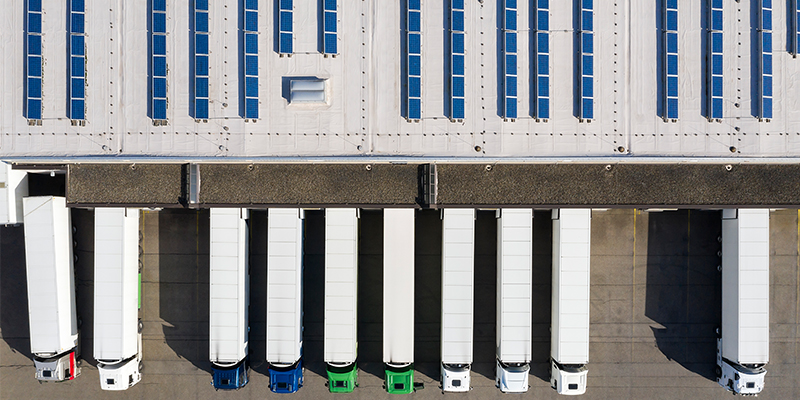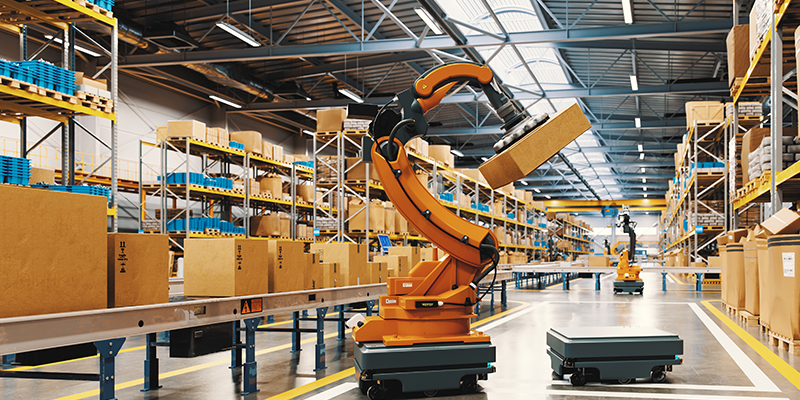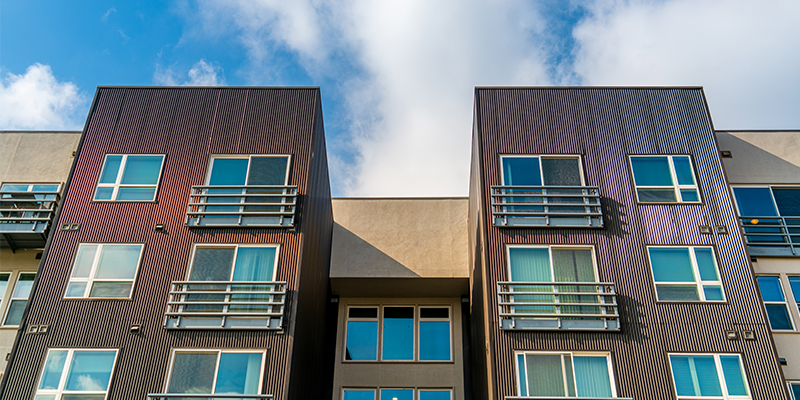This week at NAIOP’s I.CON East: The Industrial Conference, four experts in the space shared their thoughts on how the corporate real estate of the future will integrate the evolving trends of sustainability and automation so that owners can meet carbon reduction and Environmental, Social and Governance (ESG) goals, exceed tenant specs, future-proof their properties and increase NOI.
Speakers included Alicia Case, LEED AP BD+C, WELL AP, SITES AP, Fitwel Ambassador, LFA, southeast region lead, sustainability, JLL; Nicolette Jaze, head of sustainability, Galvanize Climate Solutions; Shelah Wallace, director, originations, Nuveen; and moderator James Geshwiler, co-founder and chief strategy and investment officer, Catalyze.
Here are six takeaways from their conversation:
There is a supply and demand mismatch. An increasing number of investors are requiring sustainability and tenant demand is growing stronger, yet there is an underwhelming amount of sustainably driven industrial building stock available. Companies that have announced commitments to sustainability and have to execute them want to move into buildings that have been developed to support their goals without incurring any additional costs. Low vacancy rates plus high demand means that nearly everything under construction is immediately leased at delivery.
Incorporating sustainable elements is least expensive during initial construction. Fees for implementing sustainability can double or even triple the later in the design or retrofit process they’re added. Hugely important sustainable elements that are best to add during construction are battery storage, electrical panels and parking canopies, as each of these is troublesome – and therefore, expensive – to add during retrofit. Absorbing the costs up front can seem steep, but they’ll more than pay for themselves over the long term.
Europe is ahead of the game. The most sustainable industrial sites are in Europe, thanks to their strong commitment to energy reduction, on-site energy production, and water resources. Attracting and retaining workforces in Europe remains a challenge, so industrial properties are investing in health and wellness features including ventilated spaces with plentiful daylight, physical activity areas and childcare facilities.
Ground source heat pumps are on the rise. Widely used in Europe, heat pumps aren’t difficult to add during a retrofit and produce a lot of energy savings. Almost three quarters of the sun’s energy is absorbed into the ground, and ground source heat pumps can allow a building to access this natural energy source.
C-PACE financing is a powerful tool. Commercial property assessed clean energy (C-PACE) is a public-private financing structure in which building owners borrow money for energy efficiency, renewable energy, or other projects and make repayments via property tax assessment. The financing arrangement then remains with the property even if it is sold, facilitating long-term investments in building performance. C-PACE is only available in states with enabling legislation and active programs, including California, Colorado, Florida, New Jersey, Pennsylvania and Texas.
The G in ESG is important. A company with strong governance will build goals into financial documents, property management contracts, and tenant leases, strengthening the overall commitment, keeping everyone on the same page, and easing the struggle of data gathering and reporting.

This post is brought to you by JLL, the social media and conference blog sponsor of NAIOP’s I.CON East 2023. Learn more about JLL at www.us.jll.com or www.jll.ca.








